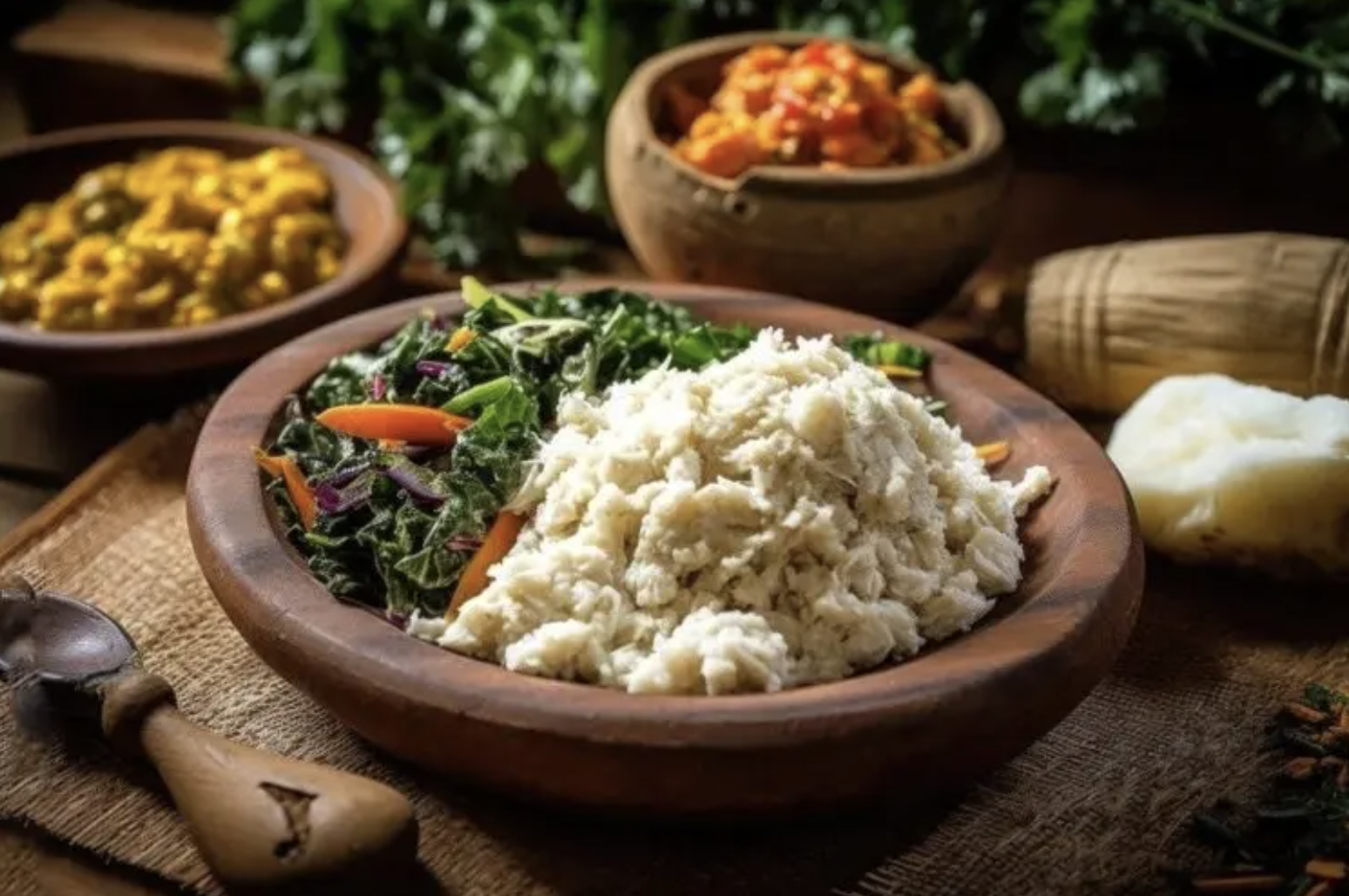Rwandan cuisine is greatly based on vegetables that they can grow themselves. Hutus and Twas relied in these food staples: bananas, plantains, sweet potatoes, beans and cassava (manioc). The Tutsis who were traditionally pastoralists, added meat and dairy products to the mix. Potatoes were later introduced by the Germans.
Today, Rwandans serve both vegetable and meat based dishes complementing each other. They use few ingredients and let fresh flavors shine reflecting both resourcefulness and the reliance on what’s readily available. Even though Rwanda does not have a national dish, the following dishes are extremely popular and eaten all over the country:
Isombe
This is arguably the most consumed dish all over Rwanda. It consists of mashed cassava leaves mixed with dried fish, spices, palm oil, and groundnuts.
The leaves of cassava:
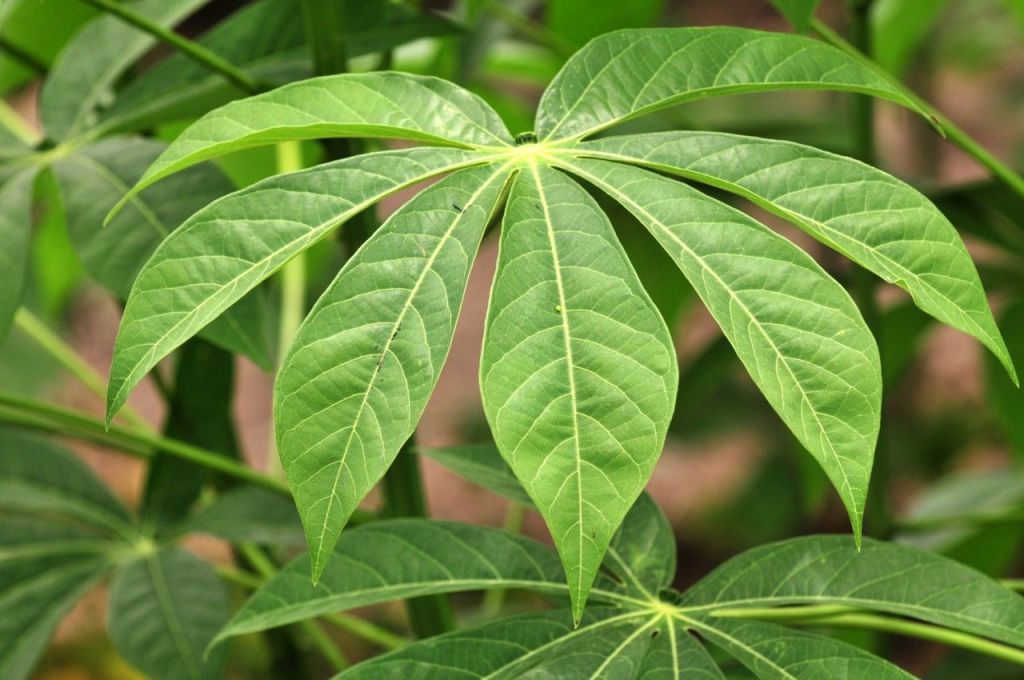
Are pounded and grounded. Then they are cooked with onions, peppers, spices dried fish, ground nuts and palm oil until it resembles a paste. It is important to cook them well as they are poisonous when not cooked! I read they are very rich in iron, so they are great if you are anemic.
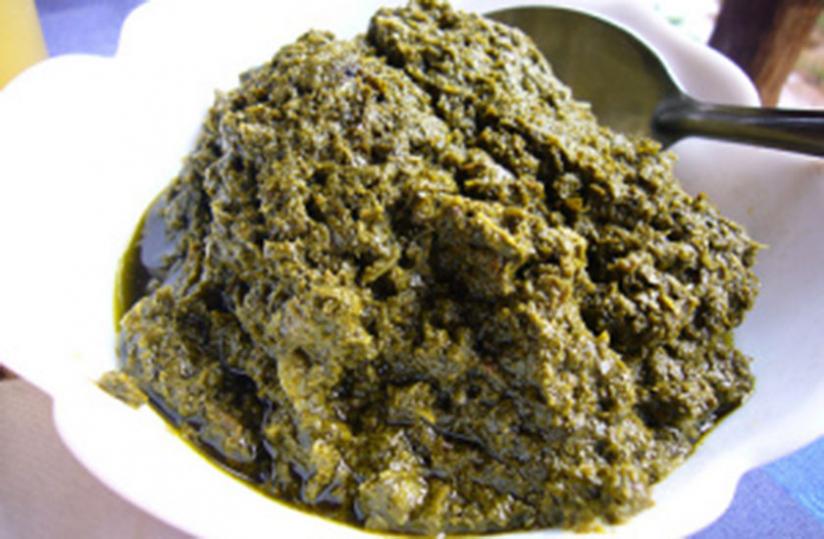
This is a video that shows how to make it…
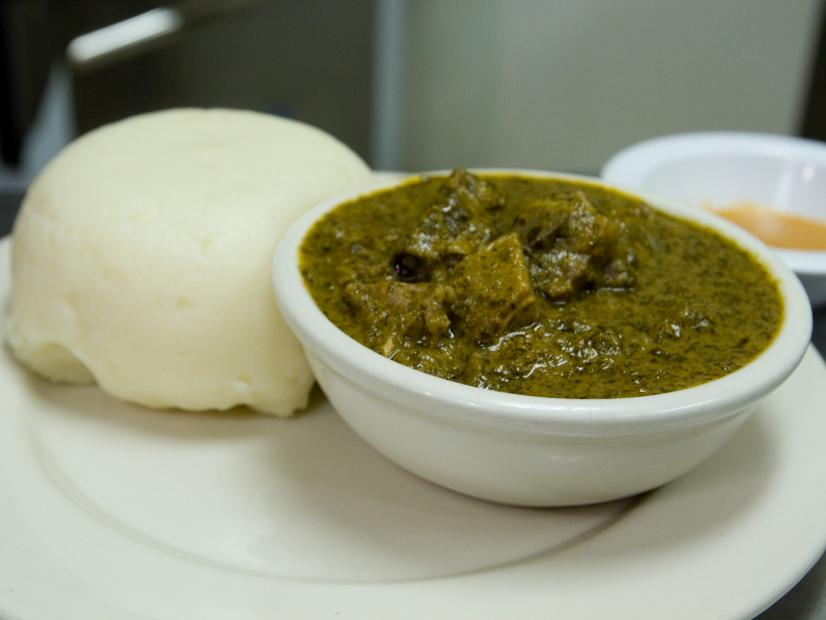
Ubugali/ Ugali
Did you notice the white dough on the left in the last photo? That is Ugali, a dough that is made from cornmeal and eaten all over Africa adopting many different names. I made something like it previously: Fufu but it was made with cassava, not cornmeal.
Ugali is cooked in boiling water or milk until it reaches a stiff or firm dough-like consistency. One eats it with saucy dishes and soup. In 2017, the dish was added to the UNESCO Representative List of the Intangible Cultural Heritage of Humanity, one of a few foods in the list.

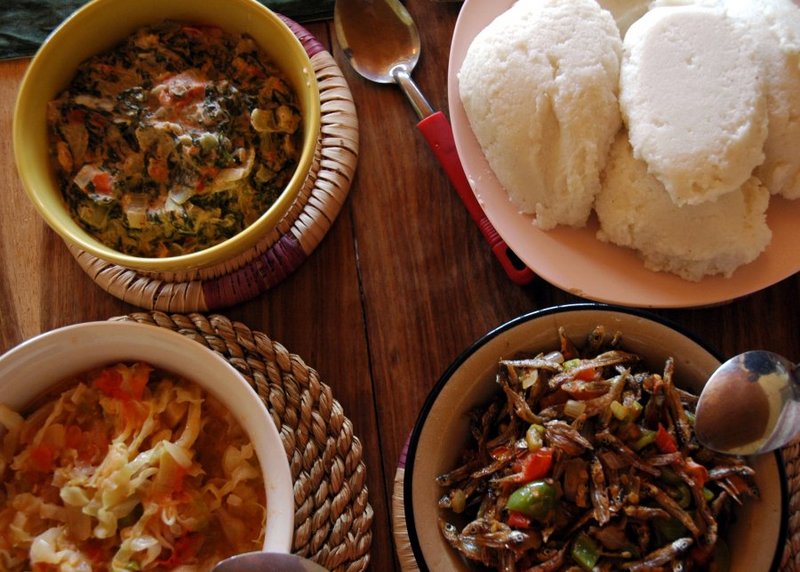
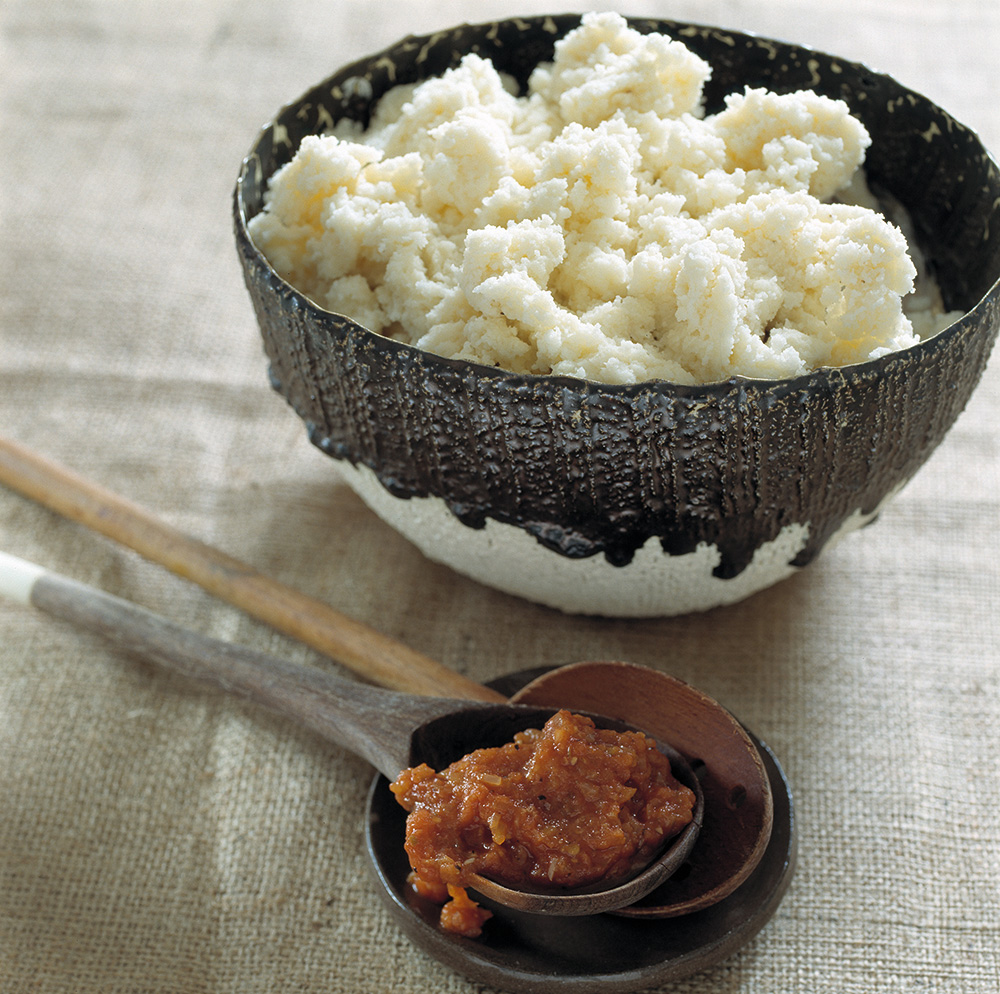

Ibihaza
Is a hearty stew that traditionally combined soaked dried beans with slow-cooked pumpkin. While the dish originally required soaking beans overnight, recent times have seen the rise of convenient, pre-cooked beans to save on cooking time and fuel. These pre-cooked options are unseasoned, allowing home cooks to customize the flavor profile.
Beans are so central to the Rwandan diet that the country holds the title of the world’s highest bean consumer per person. In fact, to address iron deficiencies, biofortified “iron beans” were introduced in 2010.
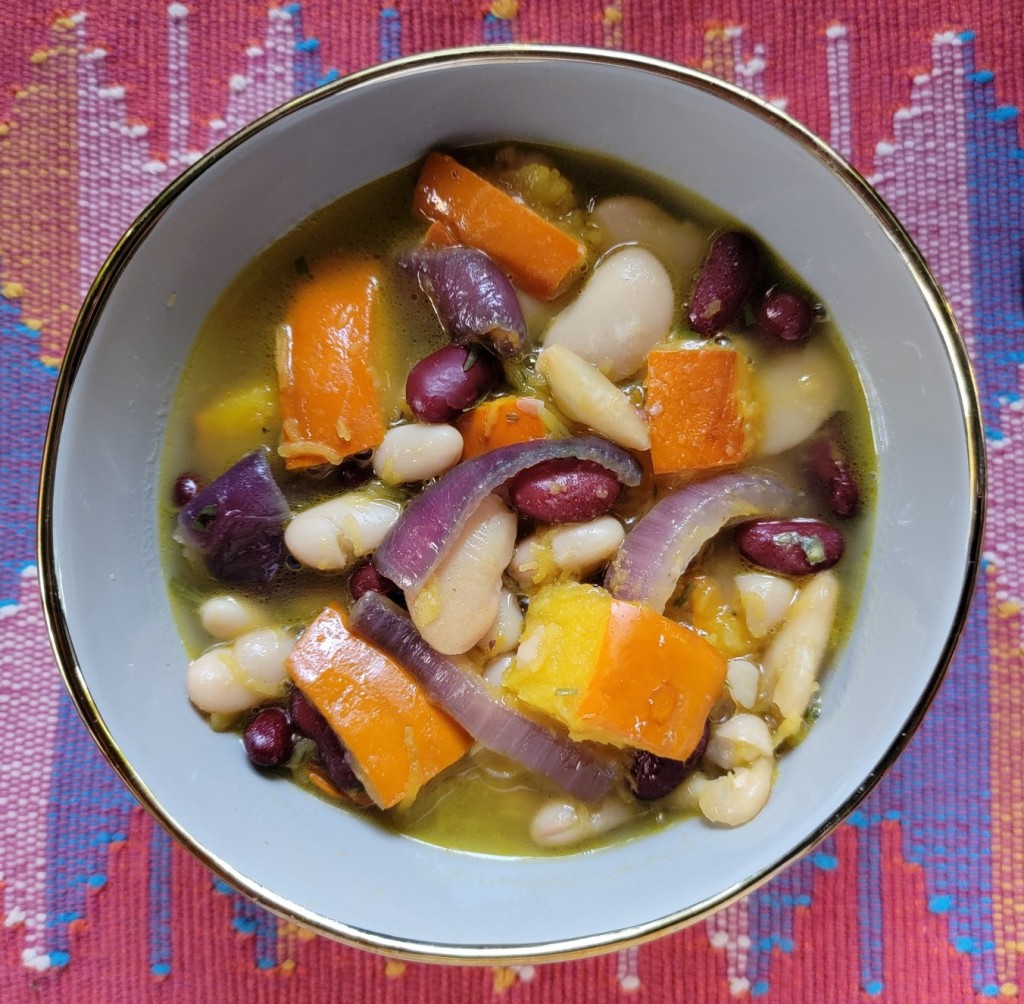
Matoke
Matoke is an East African Highland banana. It is a staple food in many African countries especially Uganda, Rwanda, Burundi, Kenya and Tanzania. Per capita annual consumption of bananas in Uganda is the highest in the world at 0.70 kg (1.5 lb) daily per person. In Rwanda and Burundi, consumption is about 250 to 400 kg (550 to 880 lb) per person annually (about three to 11 bananas each day).

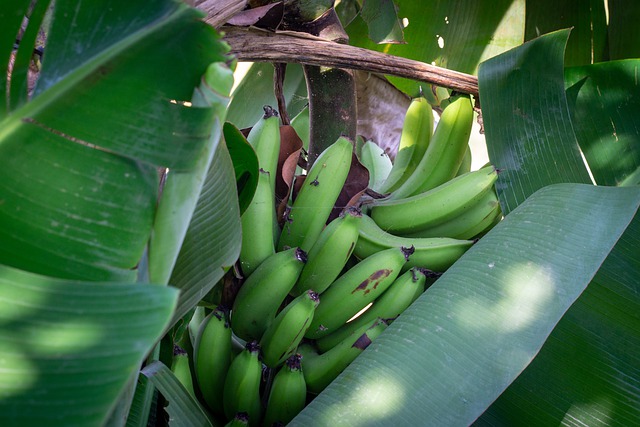
I found that the dish Matoke varies greatly depending on the person that prepares it as it can be boiled, stewed, mashed, roasted, or fried. Here are some photos:
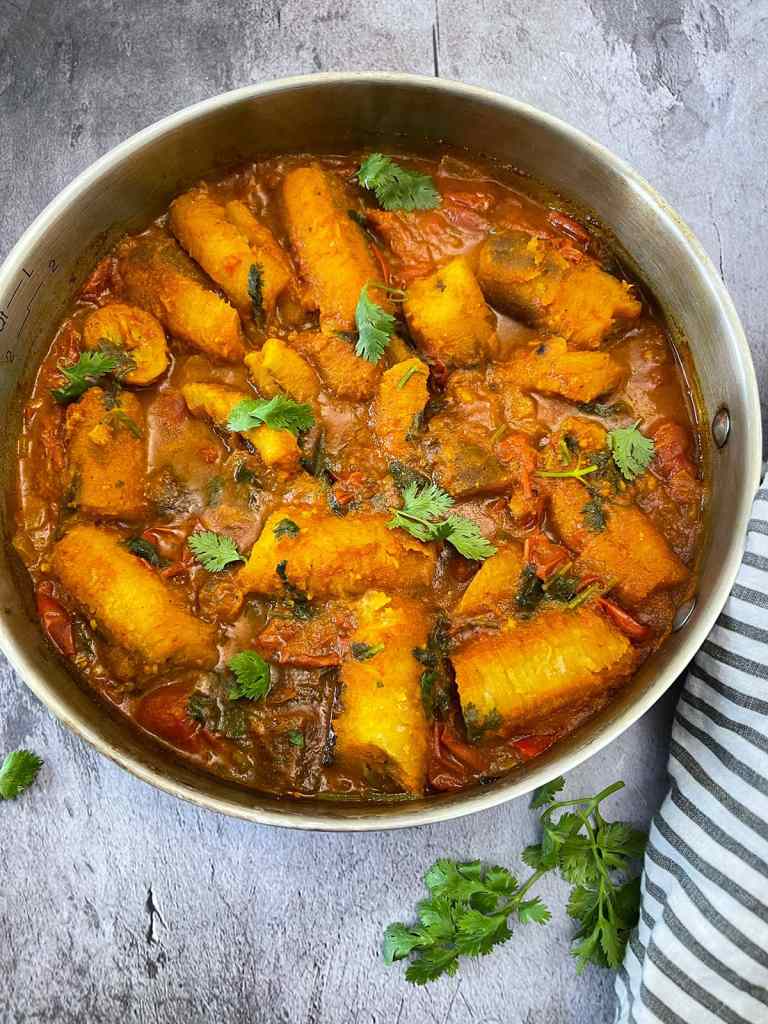

This Ugandan matoke is almost like a paste:
In Rwandan cities like Kigali, an eclectic cuisine of East African, European, Chinese, and Indian influences has flourished.
Brochettes
Grilled meat skewers that were introduced to Rwanda by French colonialists and now have reproduced into marinated beef, goat, fish, or pork grilled over charcoal with chilis, onions, and peppers.
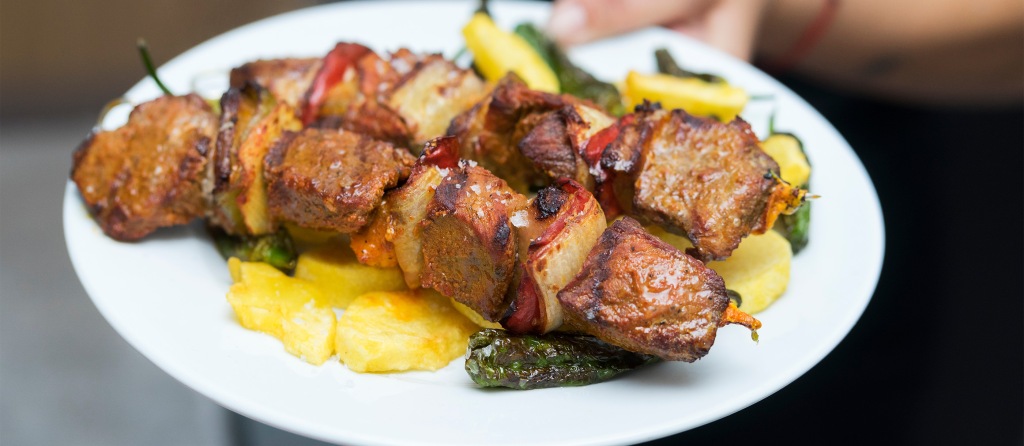

Agatogo
Agatogo is a cornerstone of Rwandan cuisine, a hearty stew brimming with history and regional variations. While its exact origins are shrouded in time, today agatogo varies depending the foods available, and the culture of the creator but there is one ingredient that remains its base: plantains. Another key ingredient is the use of crushed peanuts for added texture.
Tomatoes are commonly added for a touch of acidity and depth. Leafy greens like spinach, collard greens, or amaranth leaves might be used. Some cooks add vibrant bell peppers for a touch of sweetness, while others prefer a kick of heat with chilies. Meat or fish could be included in wealthier households, though the vegetarian version remains a classic.
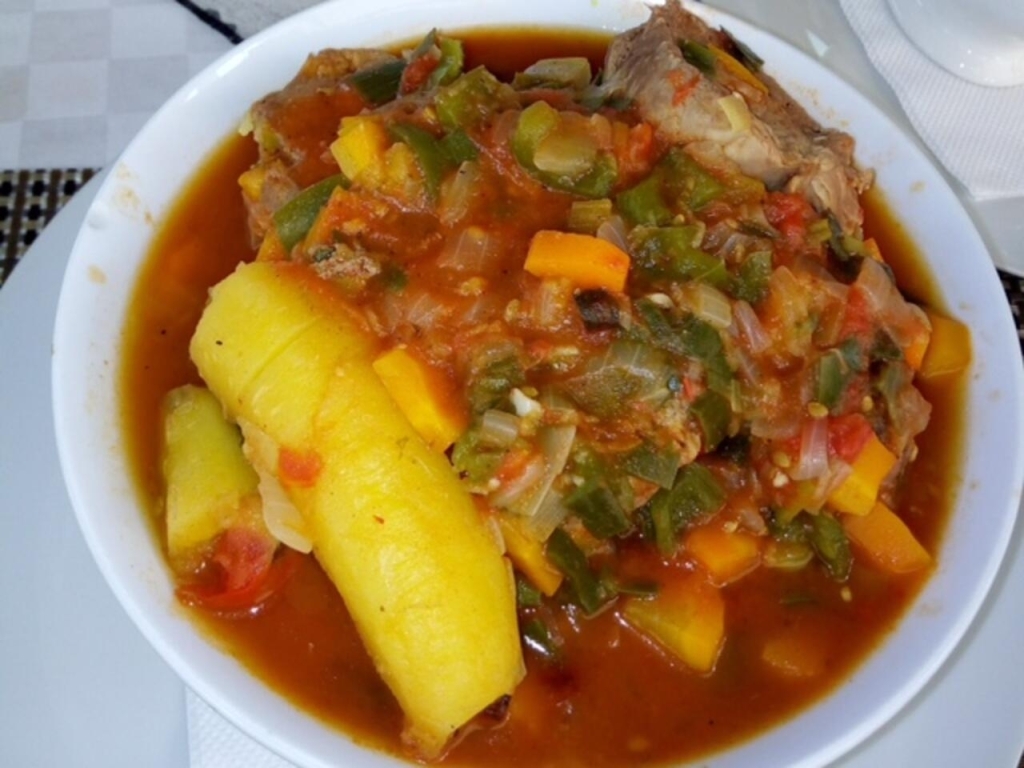

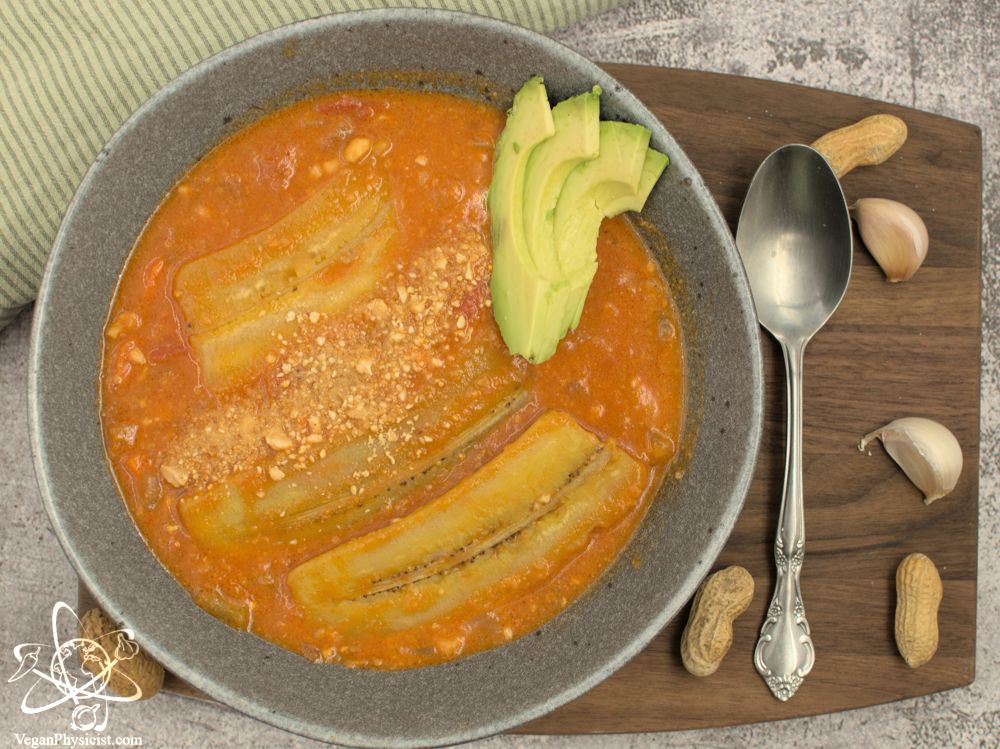
All these dishes look so comforting… I will be trying to make one or two very soon! I’ll keep you posted! ^ ^
